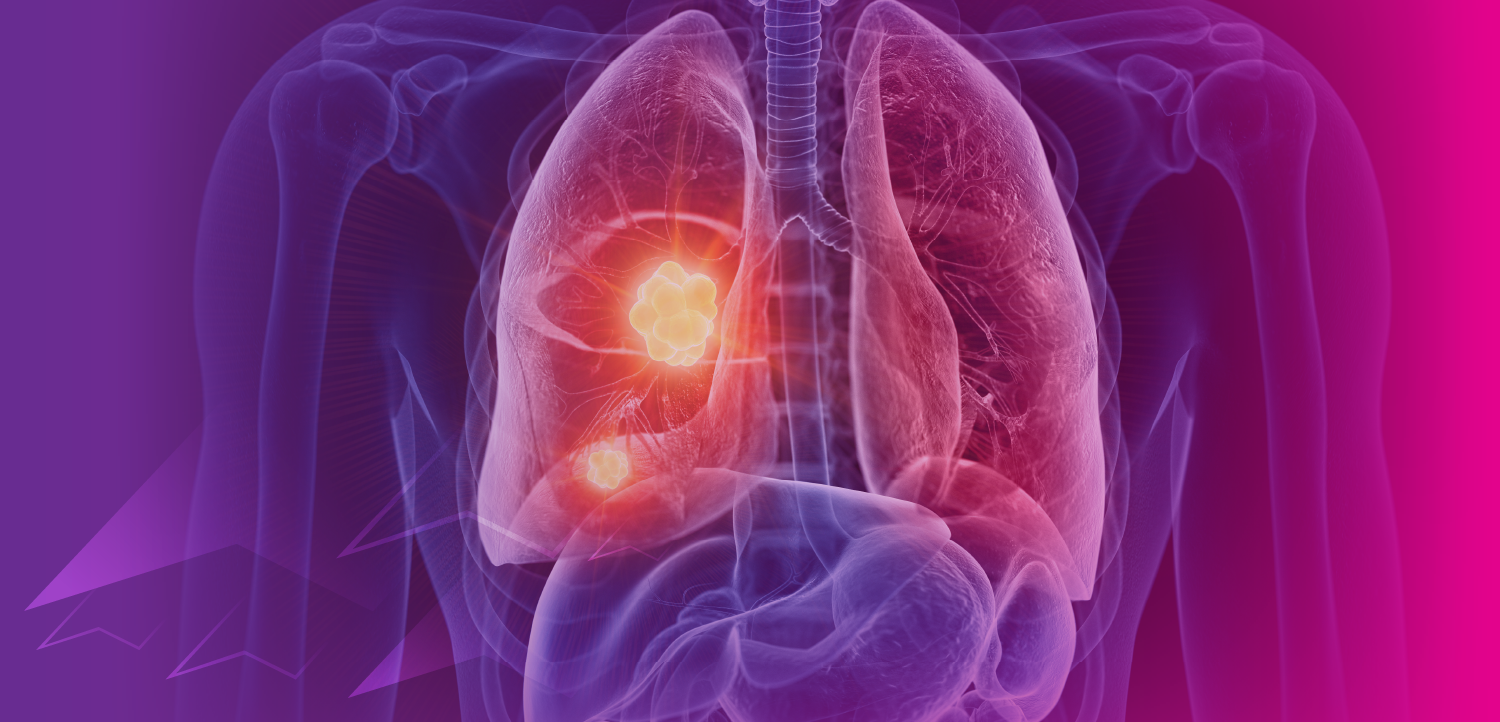Breast screening controversy flares anew
January has brought good and bad news for breast cancer screeningadvocates. A study published last week credited mammography inpart for a recent drop in U.S. breast cancer mortality, whiletwo other published reports concluded that mammograms offer
January has brought good and bad news for breast cancer screeningadvocates. A study published last week credited mammography inpart for a recent drop in U.S. breast cancer mortality, whiletwo other published reports concluded that mammograms offer littlebenefit for women under age 50.
The National Institutes of Health announced Jan. 11 that thedeath rate for breast cancer in women in the U.S. declined 4.7%between 1989 and 1992, the largest short-term decrease in theU.S. for the disease since 1950.
Dr. Samuel Broder, director of the National Cancer Institute,listed screening mammography with adjuvant therapy and publicawareness as possible reasons for the decline.
On the other hand, two reports critical of early screeningmammography appeared in the Jan. 11 issue of the Journal of theAmerican Medical Association. The lead article analyzed 13 breastcancer studies between 1966 and 1993 and claimed that screeningmammography is effective for older women and not essential forwomen before age 50.
Dr. Karla Kerlikowske, associate director of the Women's Clinicat the VA Medical Center in San Francisco, and colleagues at theUniversity of California at San Francisco concluded that screeningmammography reduces breast cancer mortality by 26% in women aged50 to 74, but does not significantly reduce breast cancer mortalityin women aged 40 to 49.
In a companion article, Dr. Herman Kattlove of the RAND Corporationin Santa Monica, CA, recommended a basic benefit package for detectingand treating early breast cancer that limited screening mammographyto women aged 50 to 69. The RAND recommendations were counteredby an accompanying American Medical Association statement thatreiterated the association's support of annual screening mammographyfor women over 50 and every one to two years for women between40 and 49.
Newsletter
Stay at the forefront of radiology with the Diagnostic Imaging newsletter, delivering the latest news, clinical insights, and imaging advancements for today’s radiologists.





























